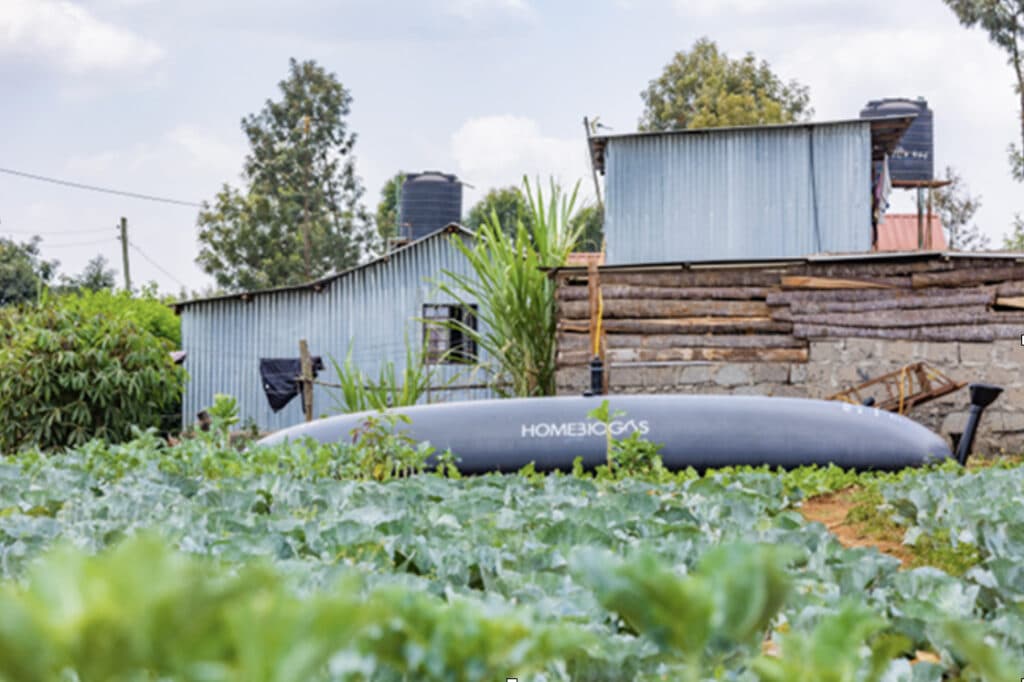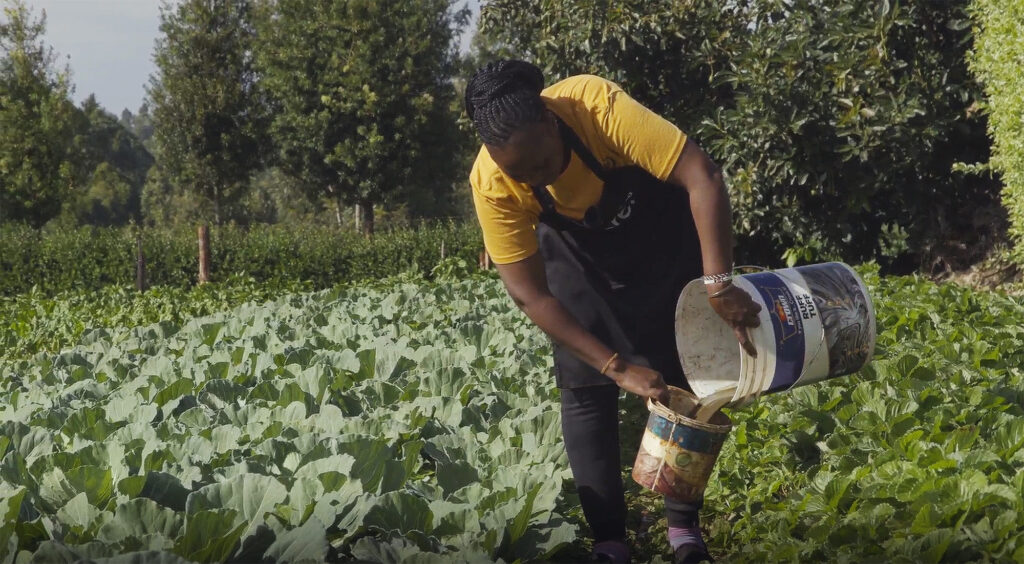
Written by: Charity Karanja – HomeBiogas Chief Agronomist in Kenya
Biogas projects are widely recognized for their role in reducing methane emissions, primarily through their use as a clean cooking energy source. However, a critical second output—natural fertilizer, a nutrient-rich organic fertilizer—remains significantly undervalued in climate finance mechanisms. Currently, carbon credits for biogas projects are calculated solely based on methane emissions reduction, with no credits awarded for the numerous environmental benefits of digestate. Yet, digestate enhances soil carbon sequestration, reduces reliance on synthetic fertilizers, lowers nitrous oxide emissions, and improves overall soil health—contributions that play a crucial role in climate mitigation.
Despite these advantages, current carbon credit methodologies fail to account for digestate’s impact, limiting the financial incentives available for biogas initiatives. By integrating digestate’s contributions into carbon credit calculations, we can unlock greater economic viability for biogas projects, incentivize regenerative agricultural practices, and accelerate global climate resilience. This article explores why biogas fertilizer deserves greater recognition and how updating carbon credit systems can unlock its true potential.
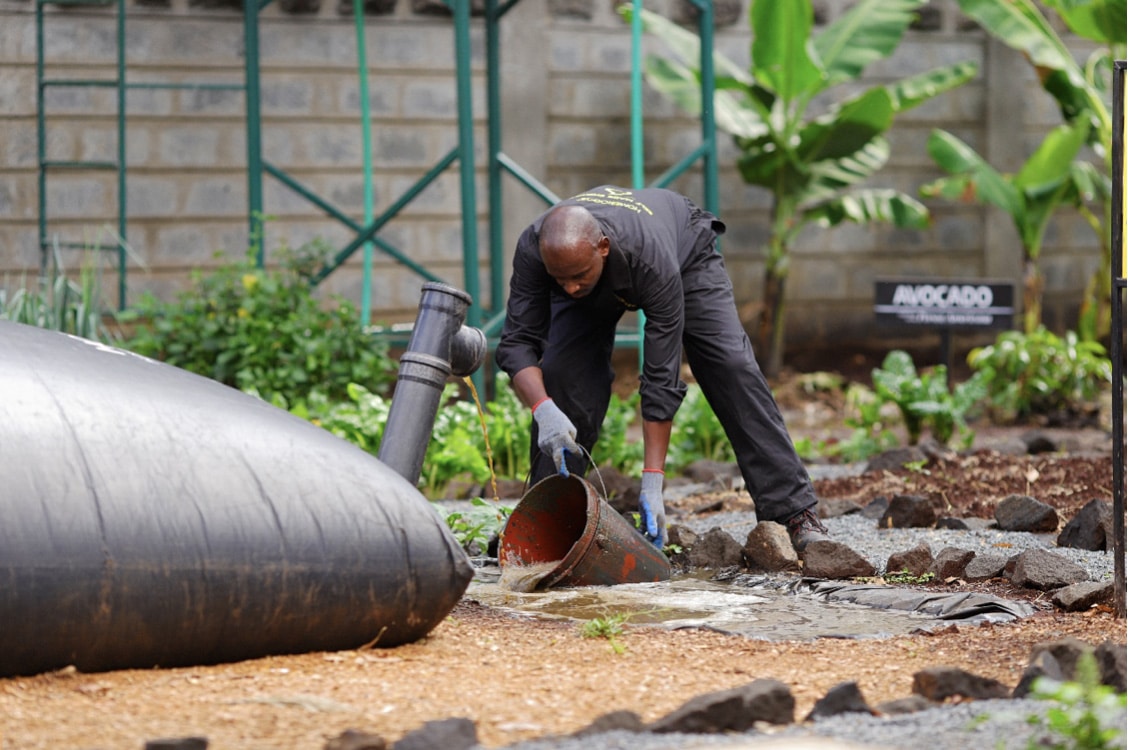
HomeBiogas digester pushing out the natural fertilizer
Key Takeaways
Recognizing these benefits in carbon credit systems would make biogas projects more profitable and attractive to investors, accelerating their adoption.
- Natural fertilizer enhances soil carbon sequestration, but this benefit is not yet recognized in carbon credit methodologies.
- Using digestate reduces dependence on synthetic fertilizers, cutting emissions from fertilizer production and transport.
- Nitrous oxide emissions from chemical fertilizers are significantly higher compared to digestate, making it a more climate-friendly alternative.
- Digestate improves soil health, water retention, and microbial activity, which boosts agricultural sustainability and resilience to climate change.
Key Benefits of Biogas Fertilizer in Carbon Credit Projects
1. Increased Soil Carbon Sequestration
Natural fertilizer significantly enhances soil organic matter, improving soil structure and increasing its ability to capture and store carbon. Dr. Rattan Lal, a renowned soil scientist and World Food Prize Laureate, emphasizes that “soil carbon sequestration is one of the most cost-effective ways to remove CO₂ from the atmosphere and improve soil health.” Despite this, carbon credit methodologies rarely include these sequestration benefits when evaluating biogas projects.
2. Reduced Dependence on Synthetic Fertilizers
Did you know that synthetic fertilizers are incredibly energy-intensive to produce? According to the International Energy Agency (IEA), “the Haber-Bosch process accounts for nearly 1.8% of global CO₂ emissions due to its reliance on fossil fuels.” Using natural fertilizer as a natural alternative significantly reduces emissions from fertilizer production and transportation—yet these savings are often overlooked in carbon credit models.
3. Lower Nitrous Oxide (N₂O) Emissions
Nitrous oxide is a greenhouse gas 300 times more potent than CO₂, and synthetic fertilizers are a major contributor. Research from the Intergovernmental Panel on Climate Change (IPCC) confirms that “chemical nitrogen fertilizers contribute to approximately 60% of global agricultural N₂O emissions.” Natural fertilizer, on the other hand, provides nitrogen in a more stable and bioavailable form, reducing N₂O emissions. Recognizing this in carbon credit frameworks could highlight another key climate benefit of digestate-based fertilizers.
4. Improved Soil Health & Water Retention
Healthy soil is more than just dirt—it’s a living ecosystem that retains water, prevents erosion, and supports plant growth. The organic matter in digestate improves soil structure, enhancing water retention and reducing land degradation. As the Food and Agriculture Organization (FAO) states, “soil organic matter acts like a sponge, increasing water retention by up to 20 times its weight.” This increases resilience to climate change, yet such benefits remain unaccounted for in carbon credit calculations.
5. Enhanced Microbial Life & Nutrient Cycling
Unlike raw manure, digestate provides nutrients in a form that is easily accessible to soil microbes. This fosters microbial diversity, enhances soil fertility, and promotes long-term carbon storage. Soil ecologist Dr. Elaine Ingham explains, “a thriving microbial community is essential for soil to regenerate and sustain plant life without chemical inputs.” Unfortunately, the role of soil microbiology in carbon sequestration is often ignored in standard carbon offset methodologies.
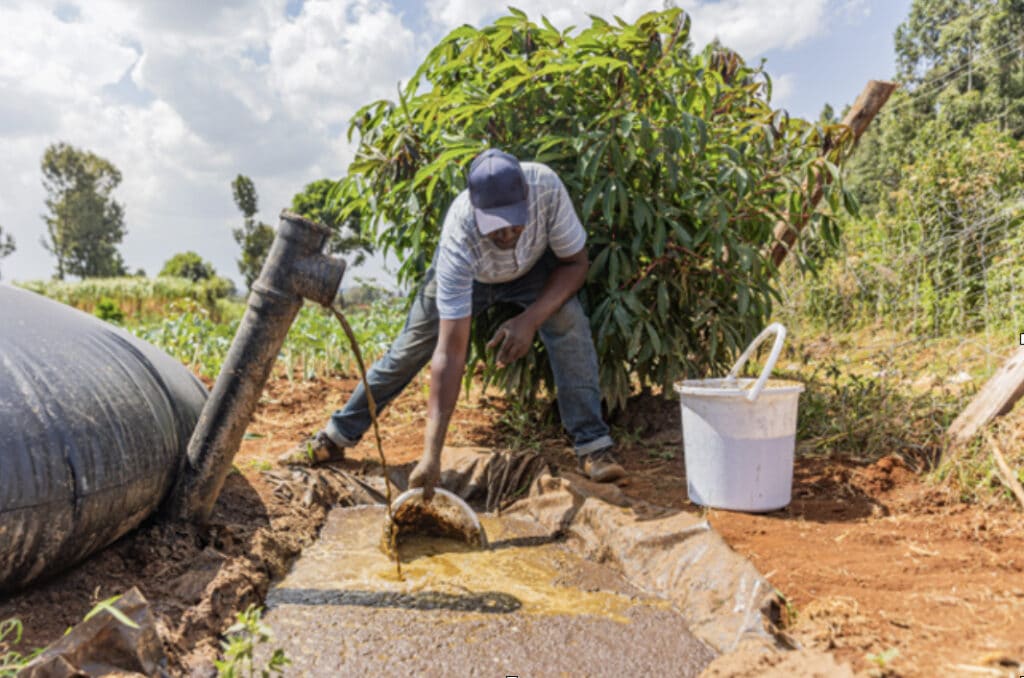
HomeBiogas biogas fertilizer
Why Carbon Credit Systems Must Recognize These Benefits
The Hidden Climate Impact
Current carbon credit methodologies fail to fully account for the indirect yet substantial climate benefits of digestate. Expanding these models would provide a more accurate assessment of biogas projects’ true environmental impact. Dr. Johannes Lehmann, a leading researcher in soil carbon storage, argues that “policies need to shift toward recognizing the full life-cycle benefits of organic soil amendments, including their role in climate change mitigation.” By incorporating the long-term soil carbon sequestration and emissions reduction benefits, carbon credit systems can more effectively capture the full ecological advantages of biogas projects.
Incentivizing Sustainable Agriculture
If carbon credits rewarded the reduction in synthetic fertilizer dependency, farmers would have stronger financial incentives to adopt biogas-based solutions. This could drive a shift toward more sustainable farming practices and emissions reductions. Additionally, recognizing digestate’s value in soil regeneration could encourage broader adoption of regenerative agriculture, which prioritizes soil health, biodiversity, and long-term sustainability. Providing financial benefits for farmers who integrate natural fertilizer into their soil management strategies would support both food security and climate resilience.Making Carbon Projects More Profitable
By adjusting carbon credit frameworks to include soil health and sequestration benefits, biogas projects could generate higher carbon credit yields. This would make such projects more attractive to investors, accelerating the growth of sustainable energy and agricultural solutions. A more comprehensive approach to carbon credit calculations could also increase market confidence in biogas initiatives, encouraging further investments in renewable energy and climate-smart farming practices. If properly structured, this shift could create a win-win scenario for project developers, farmers, and the environment by unlocking untapped economic opportunities.
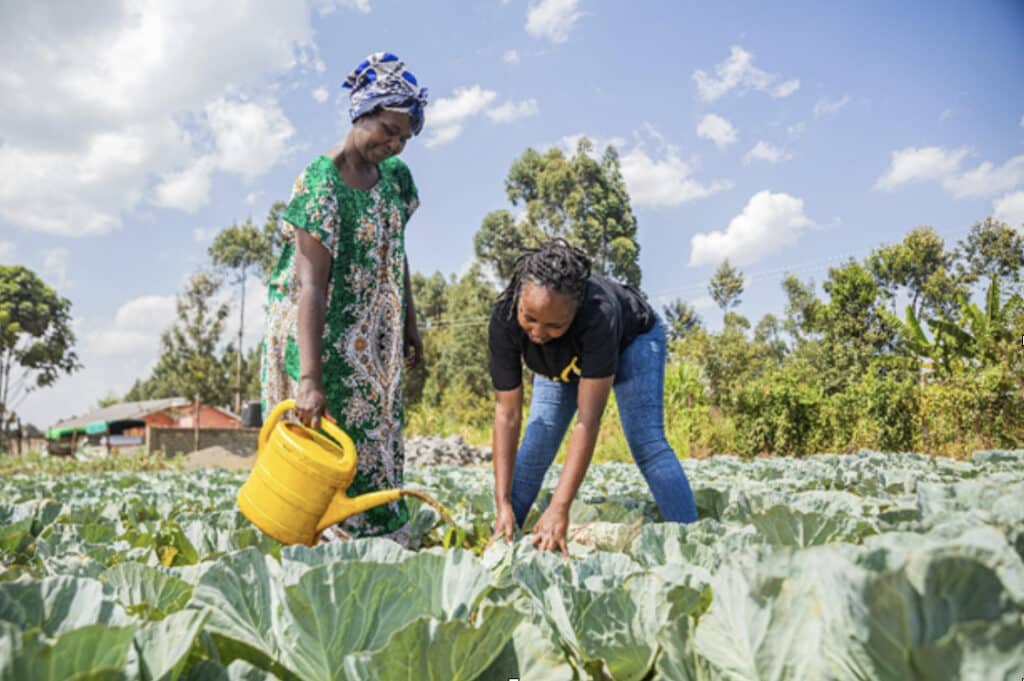
Utilization of biogas fertilizer
Conclusion & Call to Action
Natural fertilizer is an overlooked powerhouse in carbon sequestration, emissions reductions, and soil health enhancement. Current carbon credit methodologies fail to capture its full potential, creating a missed opportunity for both climate mitigation and sustainable agriculture. By updating these methodologies to account for digestate’s wide-ranging benefits, we can better reward biogas projects, incentivize regenerative farming, and strengthen global efforts to combat climate change.
What Can You Do?
Raise Awareness: Share this article with policymakers, sustainability advocates, and industry leaders to spark meaningful change.
Support Policy Change: Advocate for updates to carbon credit methodologies to include soil benefits from natural fertilizer.
Encourage Adoption: If you’re a farmer or involved in agriculture, explore integrating digestate into your soil management practices.
Invest in Sustainable Solutions: If you’re an investor, consider supporting biogas projects that contribute to both energy production and soil health.
